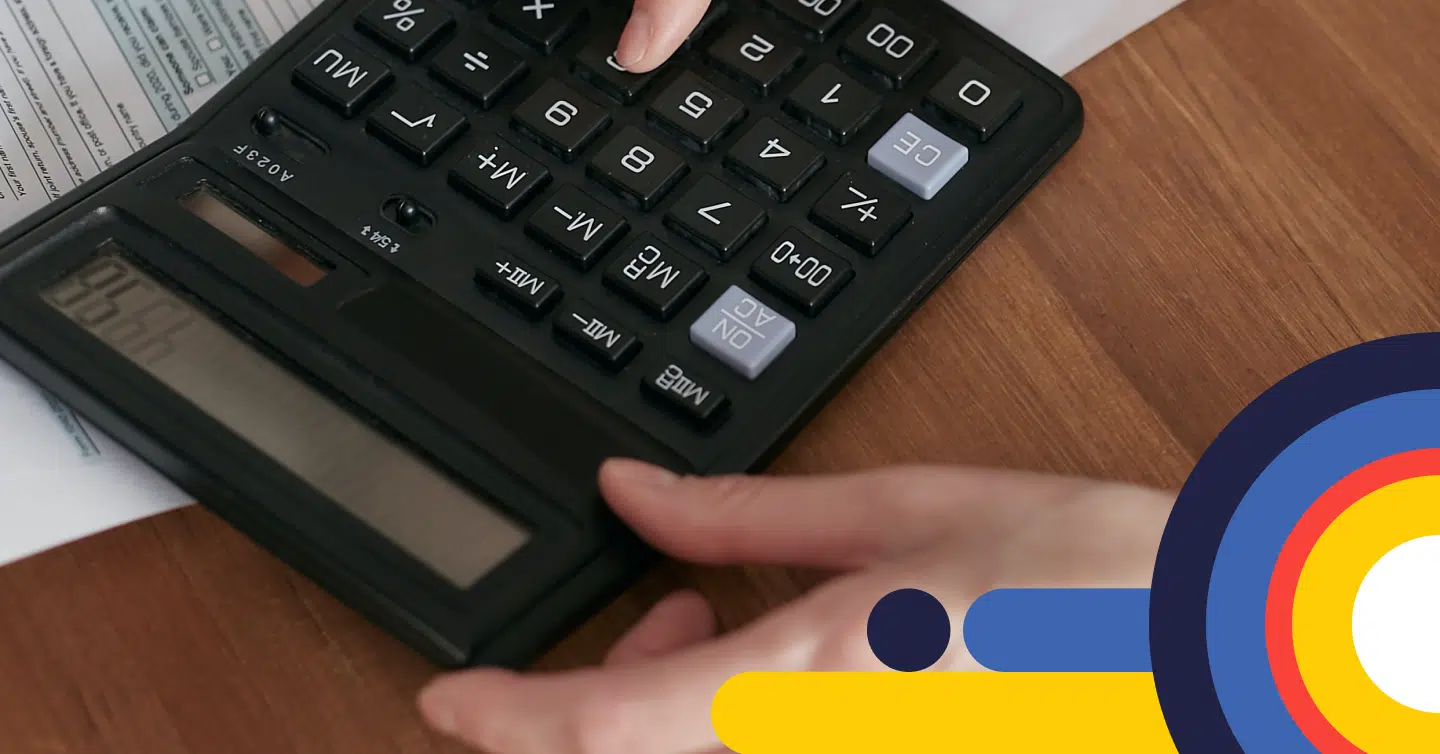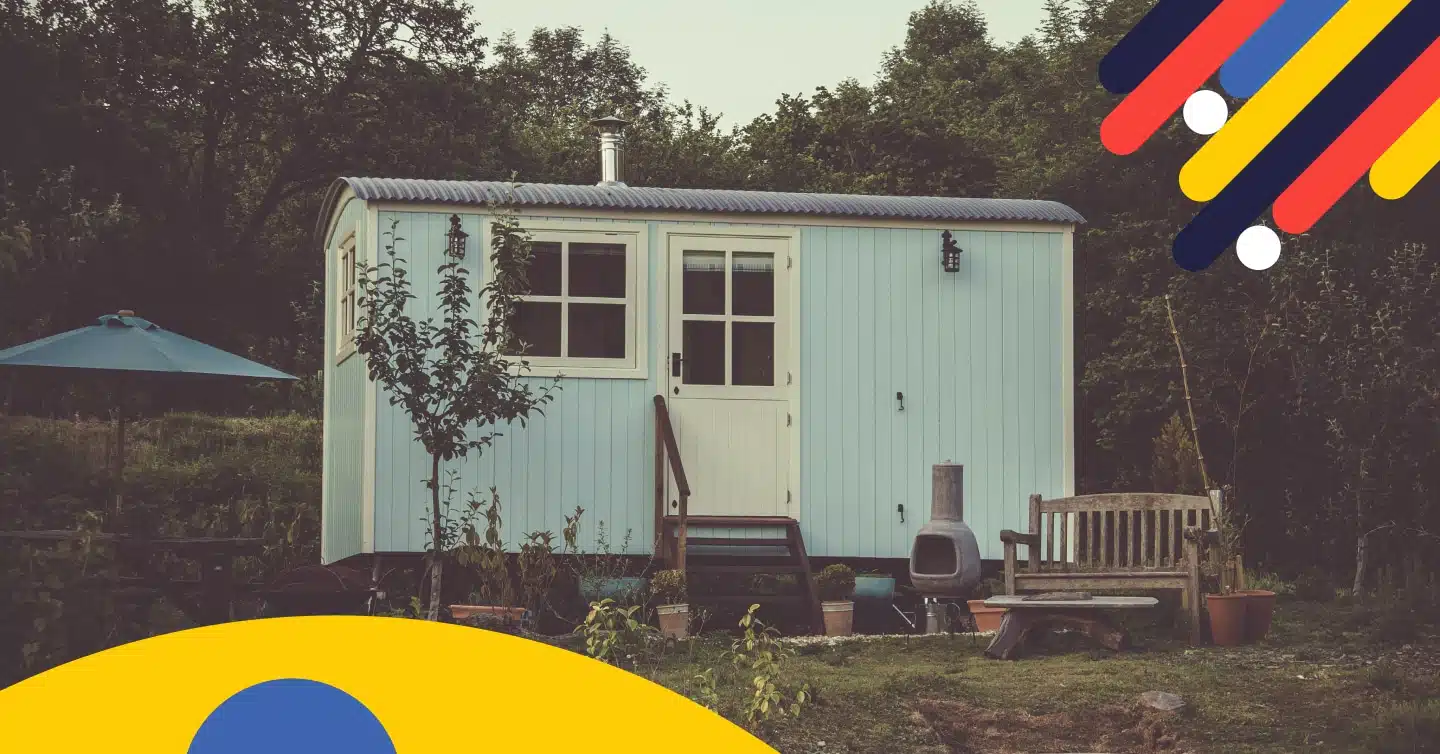How to Start Unpacking & Organizing Your Home After a Move

Moving into a new home is a fun adventure that also presents some great opportunities to organize your everyday life and take advantage of a fresh start. If you establish new habits that begin with how you pack, unpack and organize following your move, it’s much easier to stick to this new dedication to remaining organized. Organization also lessens stress levels, as there’s a plan in place ahead of the move to ensure everything runs much smoother on your moving day and beyond as you transition into your life in a new, more functional home.
Key Takeaways
- Pack up your current home with your new place top of mind, grouping items based on where they’ll be stored in your new home
- As you unpack, be sure to find a home for items that make sense to your daily routine, with things you use most often being easiest to access
- The organization is a work in progress. As new items come into your home, be sure to purge items you no longer need so that you don’t outgrow your space
Tip: Clearly identify who’s helping with your move and designate a specific job or area of the home to them throughout moving day.
How to Unpack Your Home After a Move
- Pack with unpacking in mind. Develop a method to your madness when it comes to intentionally packing up your current home with moving into your new place top of mind. Group your items with consideration for where they’ll be stored in your new home.
- Put boxes in their appropriate rooms. In addition to labelling the contents of each box, be sure to specify which room within your home they should be deposited by movers, friends or whoever is helping you on moving day. It’s much easier to unpack a room when items within each box make sense in that area of your home.
- Unpack one room at a time. This approach will empower you to feel great accomplishment as you complete the unpacking of an entire room before moving on to the next.
- Determine which room to unpack first. When you begin unpacking in your new home, there’s no doubt you’ll be tired following a full day of moving. That’s why it’s important to build a game plan for unpacking on moving day and beyond. The kitchen is typically the first place people start unpacking since there are many items you/your family will need to access early on following your move. Of course, while you unpack the kitchen, other family members can be tasked with unpacking other rooms. Ensure that everyone knows their role in the unpacking process ahead of time to maximize time and effort.
- Assemble and arrange furniture. Ensuring your furniture is moved into the correct room will also help when you’re ready to set up each room following your move. Will you be putting together furniture on your own? Will a friend be helping? Or do you need the movers or a handy person to help out? Be sure to check with your movers ahead of time to see if they’re willing to disassemble furniture in your old house and reassemble it in your new home so there are no surprises on moving day.
Tip: Purchase items for your new home after you move. This will reduce the number of items you need to move, as well as prevent you from buying things that may not work in your new place.
How to Organize Your Home After a Move
- Unpack your items in each room. As you unpack each group of items that you’ve packed together, be sure to find a home for them that fits into your daily routine. Items you use most often should be the easiest to access, for instance.
- Store similar items together. This will help keep you organized, as each group of items will have its designated place within your home, preventing you from having to search for them when needed.
- Label your boxes and storage containers. This is an essential step. As many items, such as holiday decorations, are only used once a year, it’s important to label the container in which they’re stored for easy access. You don’t want to have to search through multiple boxes or containers to access your desired items.
- Inventory your kitchen. It’s so easy to overbuy kitchen items and food, especially non-perishables that you store in cabinets. How many kitchen utensils do you need? And of the required items, which ones will you use the most? Designate special areas for items you use most frequently versus those you use occasionally. How many cans of tuna or soup do you need? Figuring all this out will also help when it’s time to grocery shop, as you can quickly take inventory and decide what items to rebuy.
- Train yourself to put your belongings back in their designated places. Developing a habit of returning items to their designated place is a valuable skill. Not only will you keep your home tidier, but it’ll be much easier for you to remember where things go when you’re taking them out, using them, and immediately returning them to their rightful place once they’re no longer in use.
- Optimize your space over time. Pay attention to items that are within easy reach but rarely used, and consider rearranging areas to optimize your time and utilize available space more effectively.
Organization is an ongoing task. There will always be room for improvement, whether you’re going about your daily life or introducing new items into your home. Purging things you no longer need is just as important as buying new items that will make your life easier. Consider selling or donating items you no longer need to help keep useful items out of landfills.
Ready to get started?
In just a few clicks, you can see our current rates. Then apply for your mortgage online in minutes!



